Physicist Dr Alex Hubert, a Kent graduate, writes a personal account of the troubling history that lies behind his field of expertise. A weary PhD student approaching the end of writing my thesis, I needed to look up the original paper [1] of the convergent beam electron diffraction (or CBED) technique [2]. Before I had …
Tag: Science
May 17
Emus in space: visualising western and indigenous knowledge
2-image display for Yamajiart Exhibition 2007. The Emu has great spiritual significance for the Aboriginal people for many male-kin initiation ceremonies. Their sacred role was (is) embedded deeply in place-based cultural attachments.1 Emus were a primary food source during the seasonal egg cycle, and remain frequent subjects in aboriginal art, reflecting their importance in …
Jul 01
‘Visualising dynamic theories, what diagrams of molecular pathways represent’ by Filippo Guizzetti
Visualisation is a constitutive and essential part of the scientific activity. From basic research to the production of evidences (Amann and Knorr Cetina 1988), from the development of scientific theories to the stage of public evaluation, several methods of representation are the root from which the scientific discourse unfolds (Pauwels 2006, p.vii; Lynch 1988, p.153). …
Apr 06
‘Describing Albrecht Dürer’s Philosophy and Practice of Drawing and to What Extent His Drawings Reflect the Way Nature was Perceived at the Time’ by Larissa Warneck
Introduction Albrecht Dürer was one of the leading artists of the Renaissance. His innovative ideas in geometry and the proportion of the human body, his realistic representation of nature, and his imagination in probing new printing techniques, lead to his reputation as the Leonardo Da Vinci of Northern Europe. In this essay I am going …
Feb 06
HG Wells Annual Lecture on WWI science and suffrage
The Centre for the History of the Sciences will welcome Dr Pratricia Fara of the University of Cambridge to deliver the fourth annual HG Wells Lecture. Dr Fara’s lecture will take place on Wednesday 4 March at 17.15 in Keynes Lecture Theatre 5 on the University of Kent’s Canterbury campus and will be followed by …
Jul 15
Charles Fort, WWI and Science
Or the uses of witchcraft in warfare — But that, without the sanction of hypocrisy, superintendence by hypocrisy, the blessing by hypocrisy, nothing ever does come about — Or military demonstrations of the overwhelming effects of trained hates — scientific uses of destructive bolts of a million hate-power — the blasting of enemies by disciplined …
Jun 12
Mind Maps: Stories from Psychology
‘Mind Maps: Stories from Psychology explores how mental health conditions have been diagnosed and treated over the past 250 years. Divided into four episodes between 1780 and 2014, this exhibition looks at key breakthroughs in scientists’ understanding of the mind and the tools and methods of treatment that have been developed, from Mesmerism to Electroconvulsive …
Mar 20
Reclaiming Thalidomide Victims’ Lives: Post-war powered arm prosthesis
The 1960s witnessed ever-more complicated limb prosthetics, moving beyond the unrealistic, aesthetically unappealing wooden limbs of the early twentieth century, towards modernistic, beautifully functioning and natural-looking designs. This defined the transformation of post-war science. The pneumatically-powered prosthetic arms (pictured) were designed for Thalidomide victims, yet fit with and shaped trends in post-war science as it …
Mar 04
The Festival of Britain (1951): Shaping citizens for science
This guide to the 1951 Festival of Britain, as well as two contemporary documentaries, Festival in London (1951) and Brief City (1951-2), show that the Festival clearly inspired contemporary notions of science and the post-war citizen. These sources also show that such notions inspired the development of the Festival itself. They show the importance of …
Jan 23
Defiant Modernism and the NHS: The Newton Victor Gyromax Rotating Anode 120 X-ray tube (1953)
The Newton Victor Gyromax Rotating Anode 120 X-ray tube is a good example of how Britain’s post World War II ideals were reflected in the rapidly developing field of health and medicine in the 1950s. During the 1950s, science was celebrated as an essential tool for national development which could be used to the benefit …
- 1
- 2


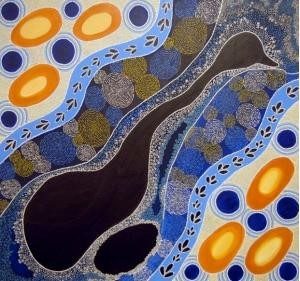

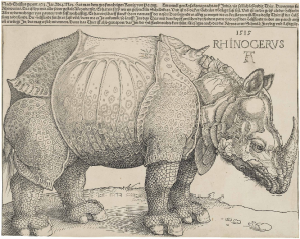
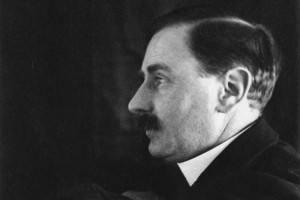
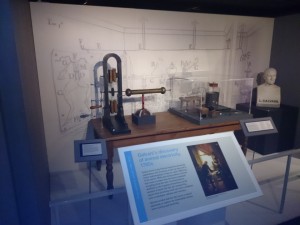
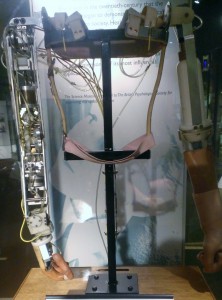
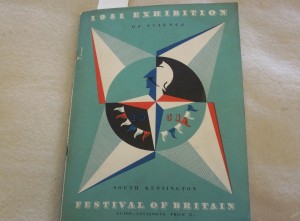
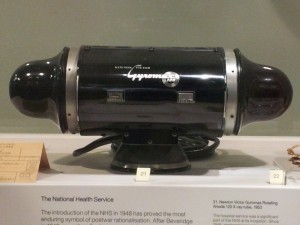
Recent Comments